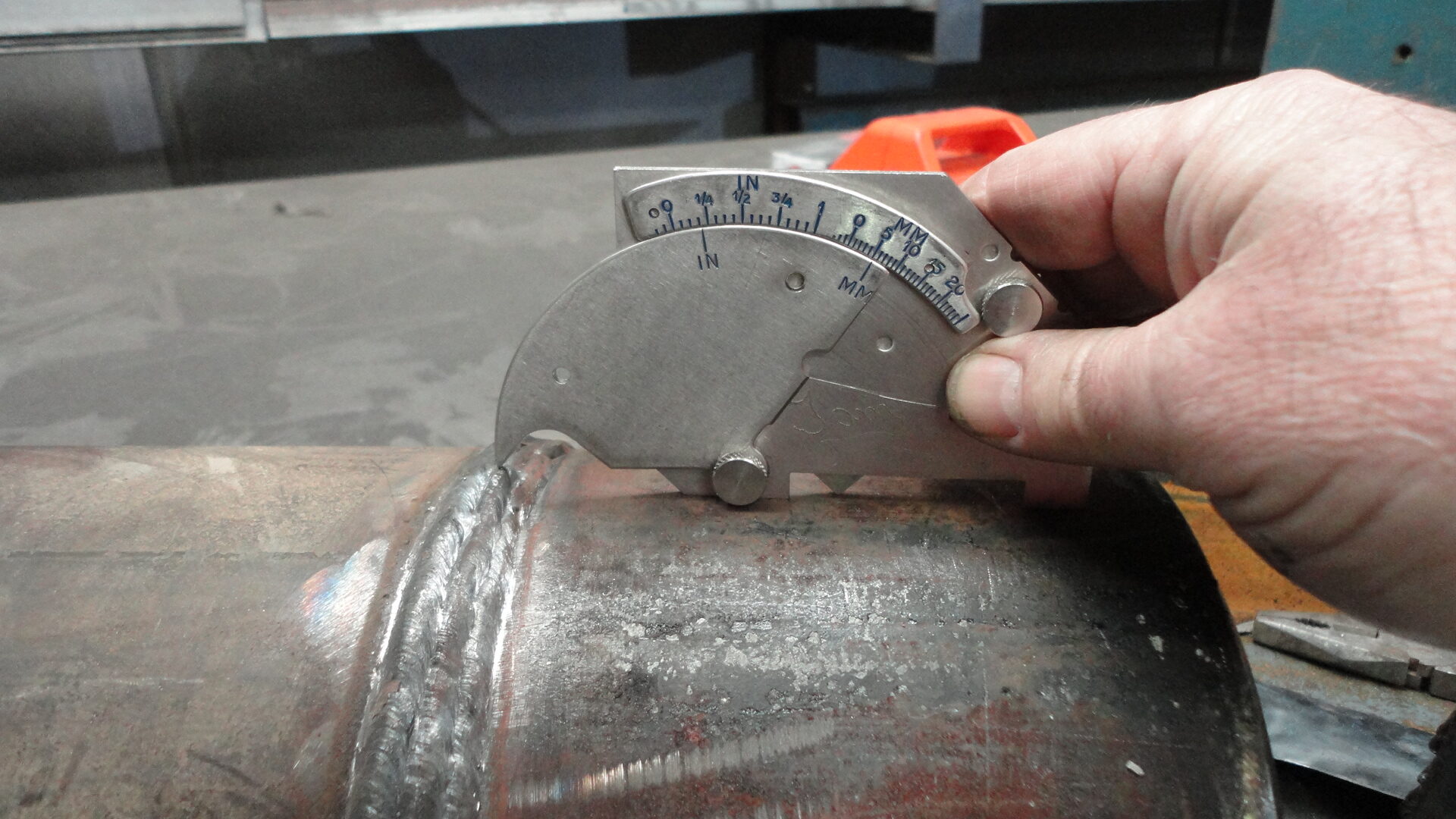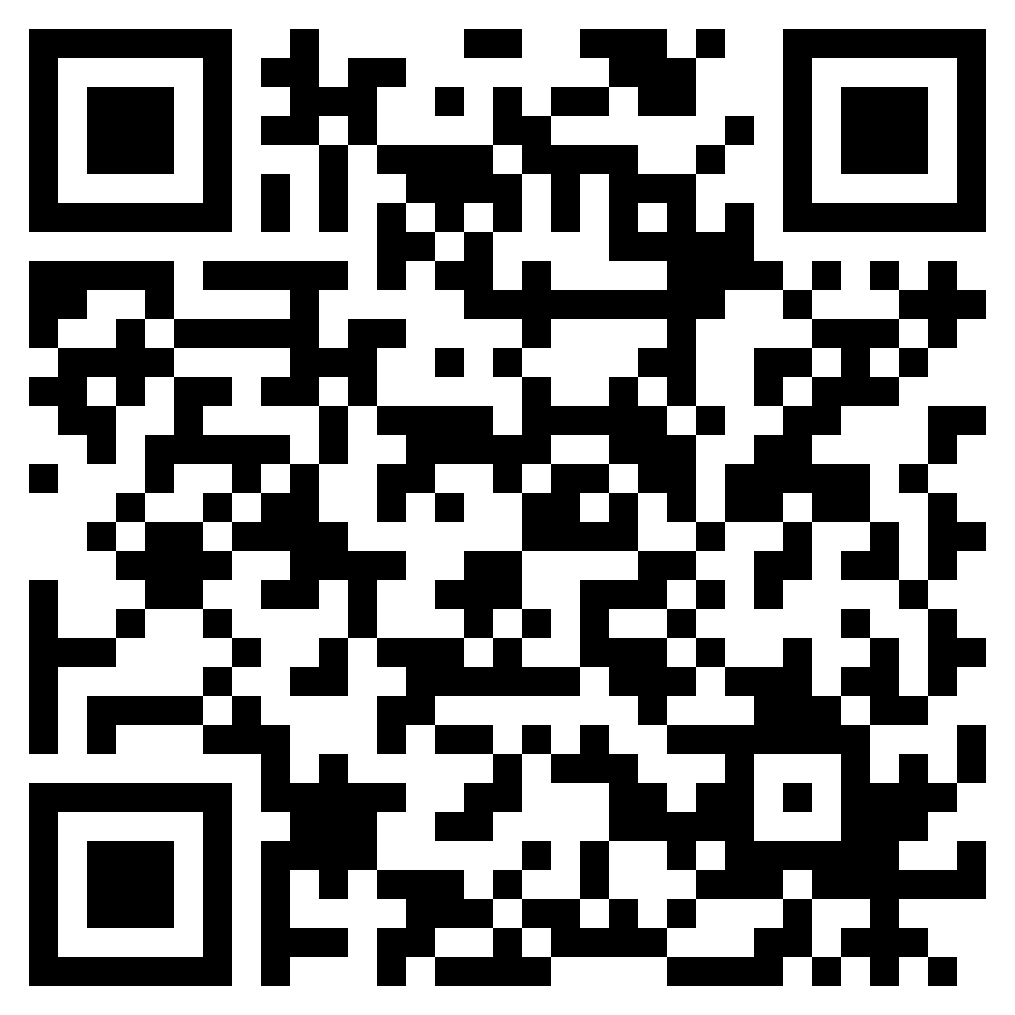Leading Reasons to Pick Expert Welding Inspection Milwaukee Services

Checking Out the Different Methods and Standards of Welding Inspection for Getting Compliance and Integrity in Design Applications
The importance of welding assessment in design applications can not be overstated, as it serves as a critical secure for ensuring structural honesty and compliance with sector criteria. Different methods, consisting of visual examination and progressed non-destructive testing strategies, supply vital insights into the top quality of welds.
Significance of Welding Inspection
Welding evaluation plays a critical function in ensuring the integrity and safety of welded structures. This process involves the organized exam of welds to verify conformity with predetermined standards and specs. The value of welding examination can not be overemphasized, as it works as a protect against potential failings that might result from insufficient welding methods. Through extensive examination, flaws such as splits, voids, and poor combination can be recognized early, thus stopping tragic failures that may bring about architectural collapse or safety and security threats.
Furthermore, welding evaluation is crucial for maintaining high quality assurance throughout the welding process. It makes sure that the welds meet the essential mechanical and physical residential or commercial properties needed for their desired applications. Normal evaluations likewise cultivate a culture of accountability and constant enhancement within welding operations, urging adherence to finest techniques and sector standards.
In managed sectors such as building, production, and aerospace, strict welding assessment procedures are mandated to follow lawful and security needs. Eventually, effective welding examination not just safeguards human life and residential or commercial property but also enhances the long life and integrity of welded structures, making it a vital facet of design and building.

Typical Welding Evaluation Approaches
A variety of examination techniques are utilized to examine the high quality and honesty of welds, each tailored to find specific types of issues. Among one of the most common techniques is aesthetic assessment, which entails a thorough examination of the weld surface area to determine visible problems such as cracks, damages, and poor combination. This approach is typically the primary step in the assessment process as a result of its simpleness and cost-effectiveness.
One more extensively utilized approach is radiographic assessment, where X-rays or gamma rays penetrate the weld to reveal inner issues. This method is especially reliable for detecting porosity and inclusions within the weld material. Ultrasonic screening employs high-frequency audio waves to determine inner problems, offering a detailed evaluation of the weld's honesty.
Additionally, magnetic fragment evaluation is utilized for ferromagnetic products, permitting for the discovery of surface area and near-surface problems by observing and applying magnetic fields fragment patterns. Finally, dye penetrant screening involves applying a liquid dye to the weld surface, exposing cracks and other gaps upon assessment. Each of these methods plays a critical role in making sure weld quality and conformity with sector requirements
Non-Destructive Testing Methods
Non-destructive testing (NDT) strategies are important tools in the analysis of weld high quality, enabling inspectors to review the stability of bonded joints without causing damage to the products. Numerous NDT techniques are used to identify potential problems, making certain that welds meet the required standards for security and performance.
One of one of the most common strategies is ultrasonic screening (UT), which you could look here utilizes high-frequency acoustic waves to detect internal defects such as spaces or fractures. Radiographic screening (RT) utilizes X-rays or gamma rays to create pictures of welds, revealing any gaps within the material. Magnetic particle screening (MT) is reliable for discovering surface and near-surface flaws in ferromagnetic materials with the application of electromagnetic fields and contrasting fragments.
Fluid penetrant screening (PT) is an additional commonly utilized approach that includes using a dye to the surface area of the weld, which leaks into any kind of splits, making them visible under ultraviolet light. Each of these techniques supplies one-of-a-kind benefits and constraints, and the choice of an ideal technique is vital to accomplishing precise analyses of weld stability. Ultimately, the implementation of NDT strategies significantly contributes to the dependability and safety of engineering applications.

Regulative Specifications and Conformity
In the world of welding inspection, adherence to regulative standards and compliance is vital to guarantee the safety and security and integrity of welded structures (Welding Inspection Milwaukee). Various organizations, including the American Welding Culture (AWS), the American Society of Mechanical Engineers (ASME), and the International Company for Standardization (ISO), have actually established guidelines that regulate welding methods and examination treatments. These criteria provide a structure for quality control, laying out the necessary credentials for inspectors and the methods for examining weld honesty
Conformity with these regulative standards not just boosts the structural honesty of bonded settings up yet also minimizes threats related to failings, which can have catastrophic consequences. Assessments need to be performed using defined treatments, consisting of aesthetic, ultrasonic, and radiographic approaches, to ensure that welds satisfy defined requirements.
Moreover, adherence to these requirements is usually needed by legislation, especially in markets such as manufacturing, aerospace, and building and construction. Regular audits and certifications are important to keep conformity, therefore fostering a culture of safety and high quality within companies. Ultimately, regulatory criteria and conformity function as the foundation of trustworthy welding assessment practices, making sure that crafted structures satisfy both read review efficiency expectations and security needs.
Ideal Practices for Welding Evaluation
While preserving compliance with regulatory requirements is essential, applying ideal practices for welding inspection additionally improves the safety and stability of bonded frameworks. Effective welding examination starts with complete planning, that includes understanding the certain needs of each job and making sure assessors are trained in suitable methods and criteria.
Making use of a detailed evaluation checklist aids to guarantee all vital aspects are evaluated, such as weld size, infiltration, and aesthetic flaws. Non-destructive screening (NDT) methods, such as ultrasonic or radiographic screening, ought to be used where appropriate, offering an extra thorough evaluation of weld high quality without compromising the integrity of the products.
Documents plays a substantial function in best methods; preserving accurate documents of examinations, including photographs, examination results, more and conformity reports, ensures responsibility and helps with future evaluations. In addition, fostering a culture of open communication in between assessors and welders can cause very early identification of prospective problems, advertising instant rehabilitative actions.
Conclusion
In recap, the execution of strenuous welding assessment techniques and adherence to established criteria are important for making certain conformity and reliability in engineering applications - Welding Inspection Milwaukee. Techniques such as visual evaluation, radiographic screening, and ultrasonic testing act as vital devices in maintaining and determining problems top quality assurance. By cultivating a culture of responsibility and quality, organizations can boost the honesty and durability of welded structures, inevitably adding to the security and efficacy of engineering jobs
Numerous techniques, including aesthetic evaluation and progressed non-destructive screening strategies, provide vital insights into the quality of welds.Welding examination plays a critical role in making sure the integrity and safety of welded frameworks.A range of evaluation techniques are employed to evaluate the top quality and honesty of welds, each tailored to discover specific kinds of issues.One more commonly used method is radiographic evaluation, where X-rays or gamma rays penetrate the weld to disclose interior defects.In the world of welding evaluation, adherence to governing requirements and compliance is critical to make certain the security and integrity of welded frameworks.